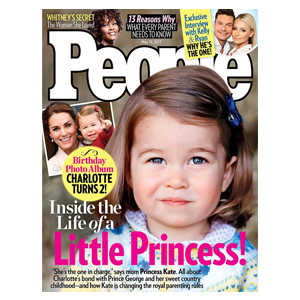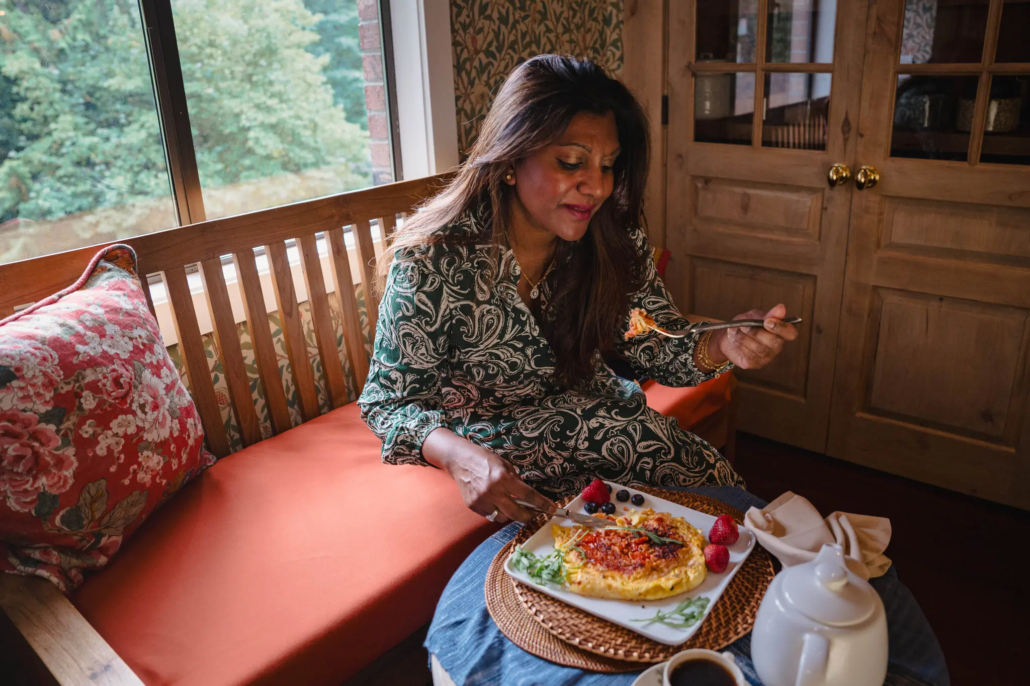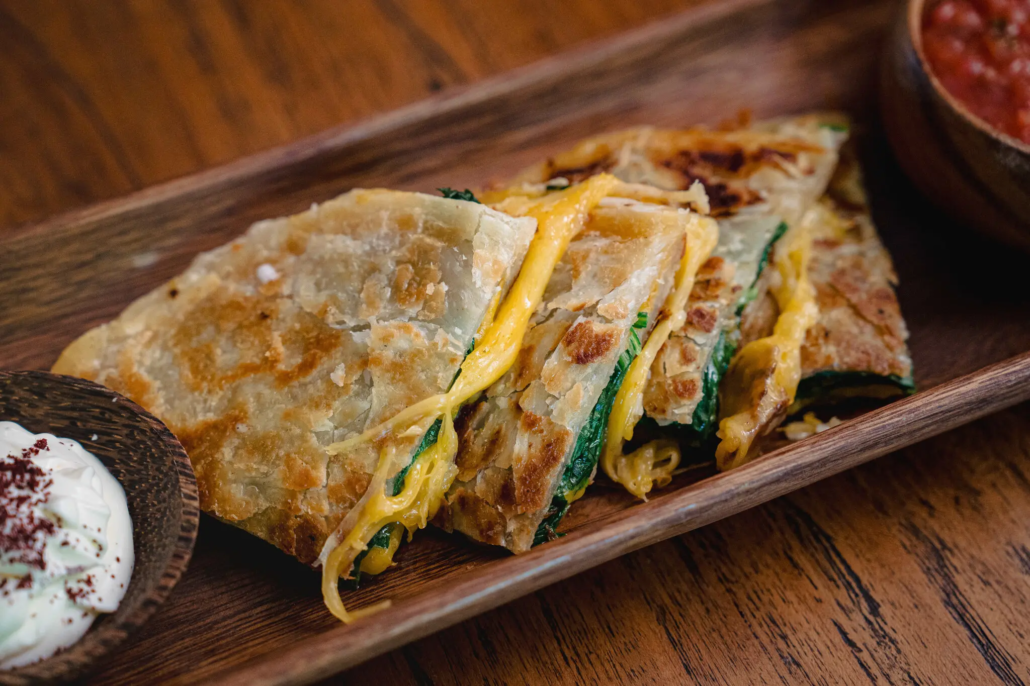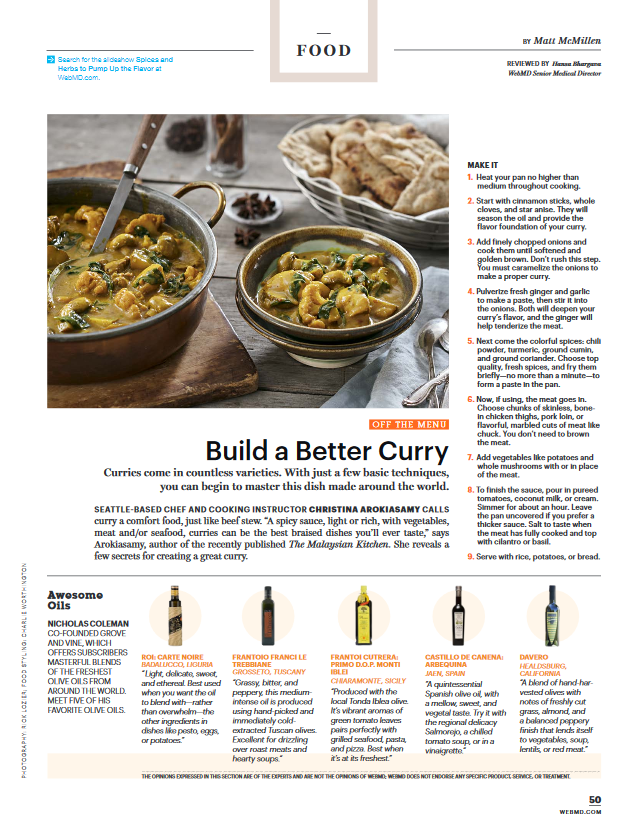Featured Press
"Ms. Arokiasamy, 55, grew up buying roti canai for a few cents from a corner shop in Kuala Lumpur, Malaysia, and eating it with tea or coffee. She cooks frozen roti canai from the South Asian grocery store on the griddle, then claps it between her hands to make it extra flaky, like the roti from her childhood."
"The Seattle cookbook author Christina Arokiasamy, on the other hand, is looking for a traditional version when she shops for roti canai — made by stretching the dough into a thin, large round while slicking it with oil.
Ms. Arokiasamy, 55, grew up buying roti canai for a few cents from a corner shop in Kuala Lumpur, Malaysia, and eating it with tea or coffee. She cooks frozen roti canai from the South Asian grocery store on the griddle, then claps it between her hands to make it extra flaky, like the roti from her childhood.
But it’ll never taste as delicate as the fresh version, she said. “It is a lot of work and artistry to make a roti.”"

"Gardens in northeast Malaysia overflow with aromatic plants unfamiliar to most of us […] as well as more common lemon grass, mint, cilantro and many types of basil. And they all play a role in nasi ulam, a richly herbal and vibrantly textured rice salad. Rooted in traditional medicine, it originally was intended to cleanse the body of toxins, says Christina Arokiasamy, author of “The Malaysian Kitchen.”

“The author of The Malaysian Kitchen offers a quick side dish that ‘will complement anything you bring to the table’ “

“The first time I tried one of these recipes, I was tasting things in places I didn’t even know had taste buds. Yet that mysterious, intoxicating spectrum of tastes — the cultural legacy of Singapore, Malaysia, Indonesia and beyond — is apparently made of building blocks like any other: lemongrass, galangal, chiles, lime leaves, coconut milk and so on.”

“Arokiasamy, a former chef at Four Seasons resorts in Thailand and Bali, teaches Southeast Asian cooking classes throughout the Pacific Northwest and has served as the official Malaysian food ambassador to the United States.”

“Christina Arokiasamy grew up in Malaysia with a mother who was a spice merchant. Her friends called her “the girl with yellow hands” — I’m guessing it was all the turmeric she handled -– and when she walked home from school, she could smell her house before she could see it.”

“The perfumes of Malaysia practically float off the pages of this beautifully composed cookbook. With a Proustian nostalgia, cooking instructor Arokiasamy follows her nose back to Kuala Lumpur, where her mother ran a spice stall (and her great-great-grandfather transported spices for the English East India Company), mangoes were delivered to their home by bicycle and baths were enhanced with ginger-scented water.”

“Growing up in Kuala Lumpur, Christina Arokiasamy vividly remembers the spices which formed the cornerstone of her childhood. Her mother, a fifth generation spice merchant, would often put spices out to dry in the sun and as a little girl, she was enthralled by the whole routine.”

“Southeast Asian chef and author Christina Arokiasamy likes to say that when the flavours dance, that’s Malaysia, and she’s on a mission to awaken palates to the unique pleasures of her native cuisine.“







































